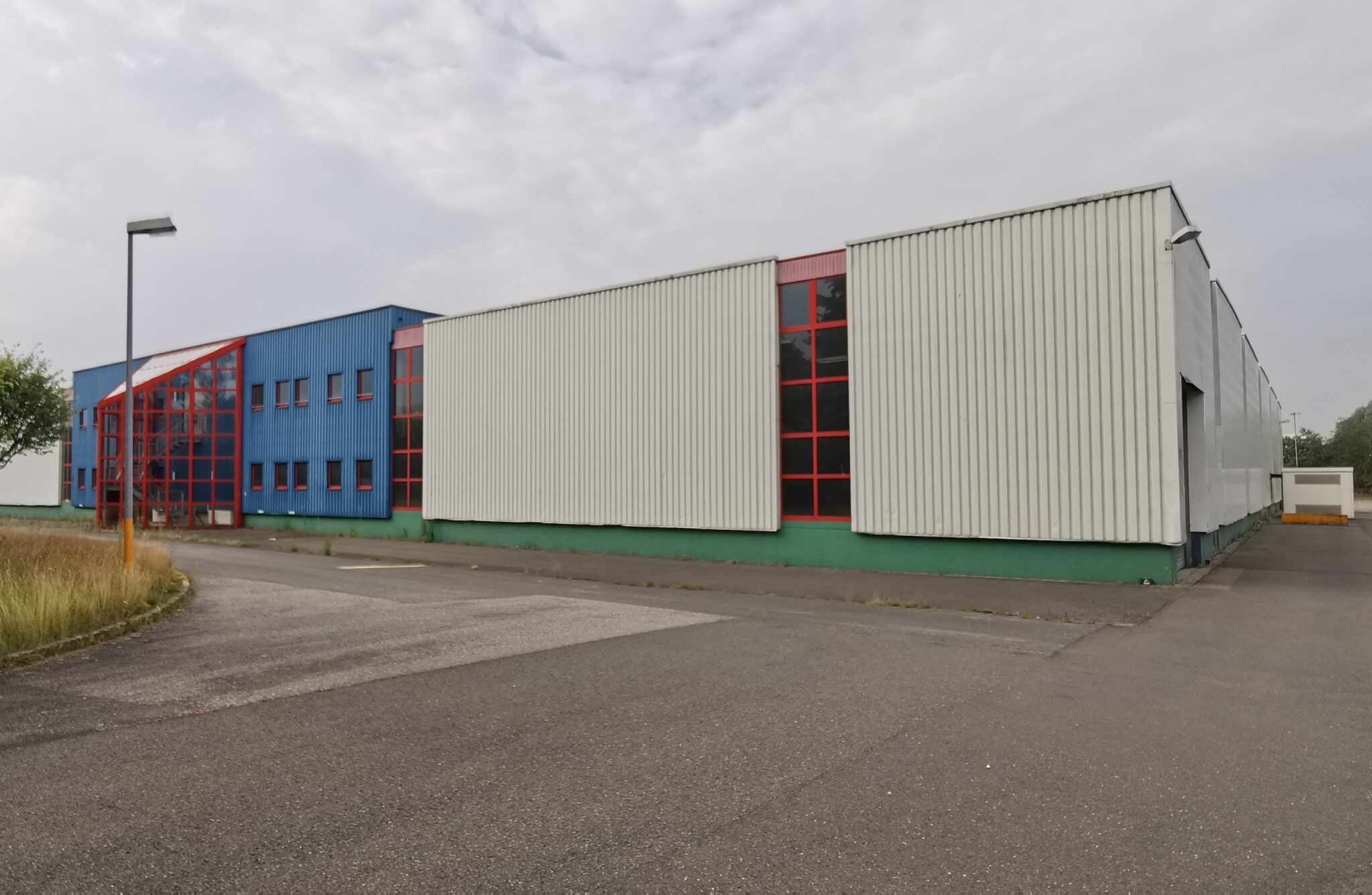For many operators of forklifts, an IC engine truck offers a great solution. Hard to beat in round-the-clock operations they thrive in tough conditions. But new legislation due to be introduced in the UK looks set to deal a mortal blow to diesel as a fuel source.
“That’s why the LPG-powered Mitsubishi GRENDiA ES is taking the market by storm,” explains Stewart Gosling of RDD, exclusive importers for Mitsubishi Forklifts Trucks in the UK. “It delivers significant benefits over diesel and uses up to 40% less fuel than competitor LPG trucks.
“Where the customer really wishes to stick with diesel, our robust and powerful new 3.3 litre engine maintains its high-power output and performance in any situation. This is in contrast to many competitors who have opted for much smaller engines that are simply underpowered in many applications.”
Overall, though, the economics are shifting customers towards LP Gas or even electric solutions. So what’s the problem with diesel and, more importantly, what’s the solution?
The problem lies in two pieces of legislation that will hit diesel customers in different ways. Firstly, strict new Euro Stage V emission standards have forced lift truck manufacturers to fundamentally redesign their engines. This has incurred huge costs which must eventually be passed onto you, the customer.
Secondly, from April 2022 the tax relief on red diesel in the UK will end, massively increasing running costs.
“That double whammy is making truck users explore other options,” says Stewart. “LP Gas is an attractive option because many drivers are familiar with IC engine vehicles and operationally, they offer the same non-stop convenience as diesel but with none of the issues associated with DPFs (Diesel Particulate Filters).”
Cost savings, low emissions
“The reason Mitsubishi GRENDiA ES is proving so attractive is primarily cost,” explains Stewart. “With class-leading fuel efficiency, managers responsible for forklift operations can expect to achieve savings running into tens of thousands of pounds over a 5-year term.”
Mitsubishi says its GRENDiA trucks are also exceptionally clean running and comply fully with the Euro Stage V standard thanks to a closed-loop, three-way catalytic converter. Such is its focus on safety, that Mitsubishi Forklift Trucks has fitted this as standard to all GRENDiA LPG models for over 12 years. It is the industry leader in reducing hydrocarbon and carbon monoxide emissions, eliminating 95% of dangerous NOx gases.
“The other key factor in the decision-making process is reliability,” emphasises Stewart. “Mitsubishi Forklift Trucks is almost totally alone in designing and manufacturing its own industrial engines, giving high power at low revs.
“This contrasts with the majority of truck-makers who use a modified car engine with rubber timing belts, and small car starter motors, which can be catastrophic when they fail.
“Indeed, every component has been designed with dependability in mind, from the chassis, mast and drivetrain down to the smallest bearing. So what you gain in greater cleanliness and fuel efficiency, you also gain in lower maintenance costs.”






